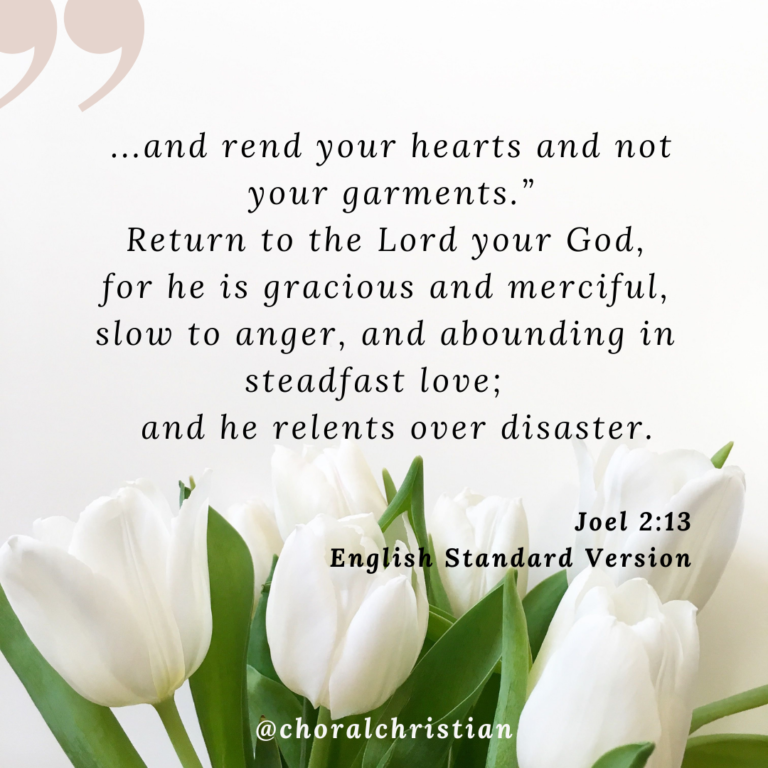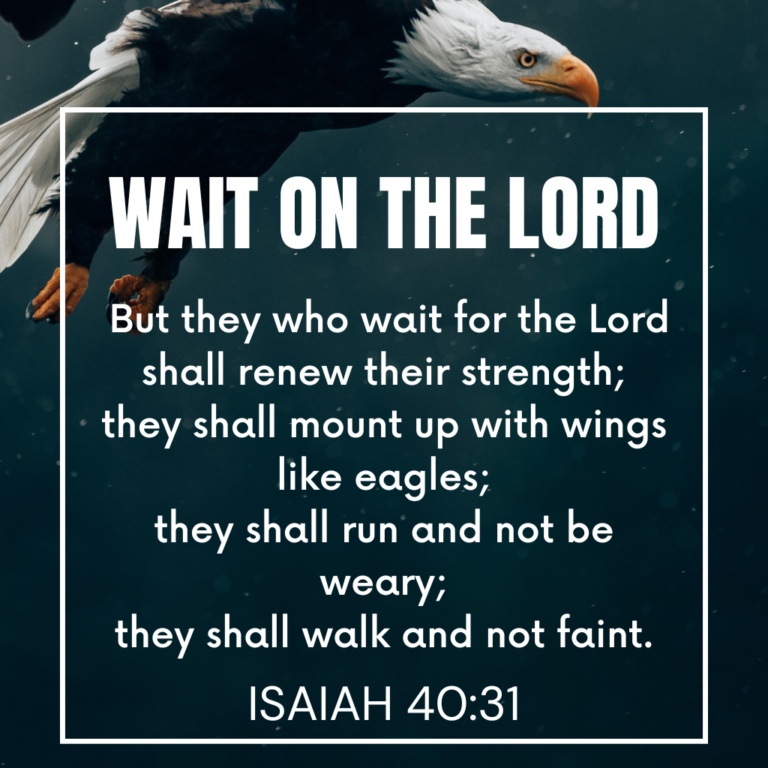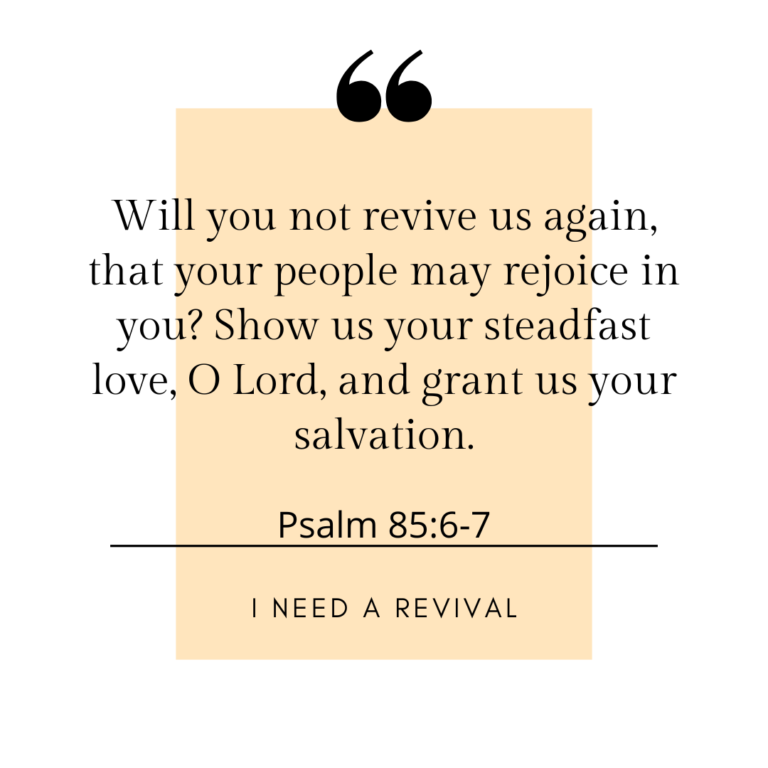Fanny Crosby
Frances Jane van Alstyne (née Crosby; March 24, 1820 – February 12, 1915), more commonly known as Fanny Crosby, was an American mission worker, poet, lyricist, and composer. Crosby, the “Queen of Gospel songwriters” wrote songs like
- Pass Me Not, O Gentle Saviour,
- Blessed Assurance,
- Jesus Is Tenderly Calling You Home,
- Praise Him, Praise Him, and
- To God Be the Glory.
She was a prolific hymnist, who wrote over 8,000 hymns and gospel songs with over 100 million copies printed. Crosby used many pseudonyms during her career because some publishers were hesitant to publish many hymns by one composer.
Crosby also wrote over 1,000 secular poems and had four books of poetry published. She also wrote two best-selling autobiographies. She co-wrote popular secular songs, political/patriotic songs, and at least five cantatas on biblical themes. She was committed to Christian rescue missions and was known for her public speaking.
Christian Faith
Crosby was a longtime member of the Sixth Avenue Bible Baptist Church in Brooklyn, New York. It has existed continuously since 1867. She served as a consecrated Baptist missionary, deaconess, and lay preacher. She wrote hymns with her minister Robert Lowry, such as “All the Way My Saviour Leads Me“.
During the cholera epidemic in New York City from May to November 1849, she remained at the NYIB to nurse the sick rather than leave the city. Crosby was a friend of Walter and Phoebe Palmer, “the mother of the holiness movement”. Palmer was “arguably the most influential female theologian in Christian history.”
Crosby and their daughter Phoebe Knapp wrote “Blessed Assurance” together. She often visited the Methodist campgrounds at Ocean Grove, New Jersey, as their guest. In 1887, she joined the Cornell Memorial Methodist Episcopal Church by “confession of faith.”
Marriage and family
In the summer of 1843, Crosby met Alexander Van Alstyne Jr. who was also blind and enrolled at the NYIB. There, he was a casual acquaintance of Crosby and sometimes a student in her classes. They got married on March 5, 1858. After their wedding, the van Alstynes lived in a small home in the rural village of Maspeth, New York. Today, it is Maspeth, Queens, New York.
At her husband’s insistence, Crosby continued to use her maiden name as her literary name. She however chose to use her married name on all legal documents. In 1859, the Van Alstynes had a daughter named Frances who died in her sleep soon after birth. After the death of their daughter, Van became increasingly reclusive.
In addition to Crosby’s income as a poet and lyricist, Van played the organ at two churches in New York City and gave private music lessons. The couple could have lived comfortably on their combined income, but Crosby “had other priorities and gave away anything that was not necessary to their daily survival”.
For many years, the van Alstynes had “a most unusual married life” and lived together only intermittently. By 1880, they had separated.
Death And Legacy
Crosby died at Bridgeport of arteriosclerosis and a cerebral haemorrhage on February 12, 1915, after a six-month illness, aged 94. She was buried at Mountain Grove Cemetery in Bridgeport, CT, near her mother and other members of her family. Her family erected a very small tombstone at her request, which carried the words: “Aunt Fanny: She hath done what she could; Fanny J. Crosby”.
Fanny Crosby Day
On Sunday, March 26, 1905, Fanny Crosby Day was celebrated in churches of many denominations around the world, with special worship services in honour of her 85th birthday two days earlier. On that day, she attended the First Baptist Church in Bridgeport.
In March 1925, about 3,000 churches throughout the United States observed Fanny Crosby Day to commemorate the 105th anniversary of her birth. A large memorial stone was dedicated on May 1, 1955 by Crosby’s “friends to whom her life was an inspiration”. It was a stone that “dwarfed the original gravestone” – despite her specific instructions not to erect a large marble monument. It contained the first stanza of “Blessed Assurance“.







5 Comments
Comments are closed.